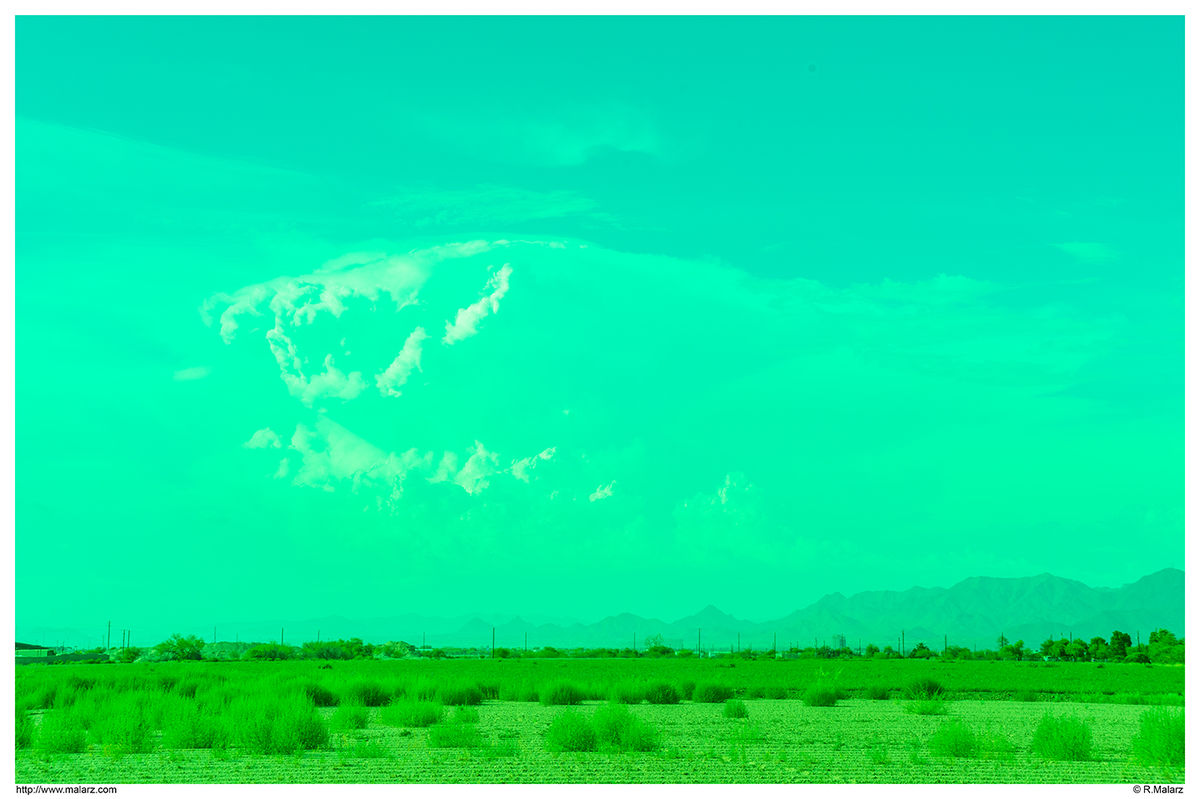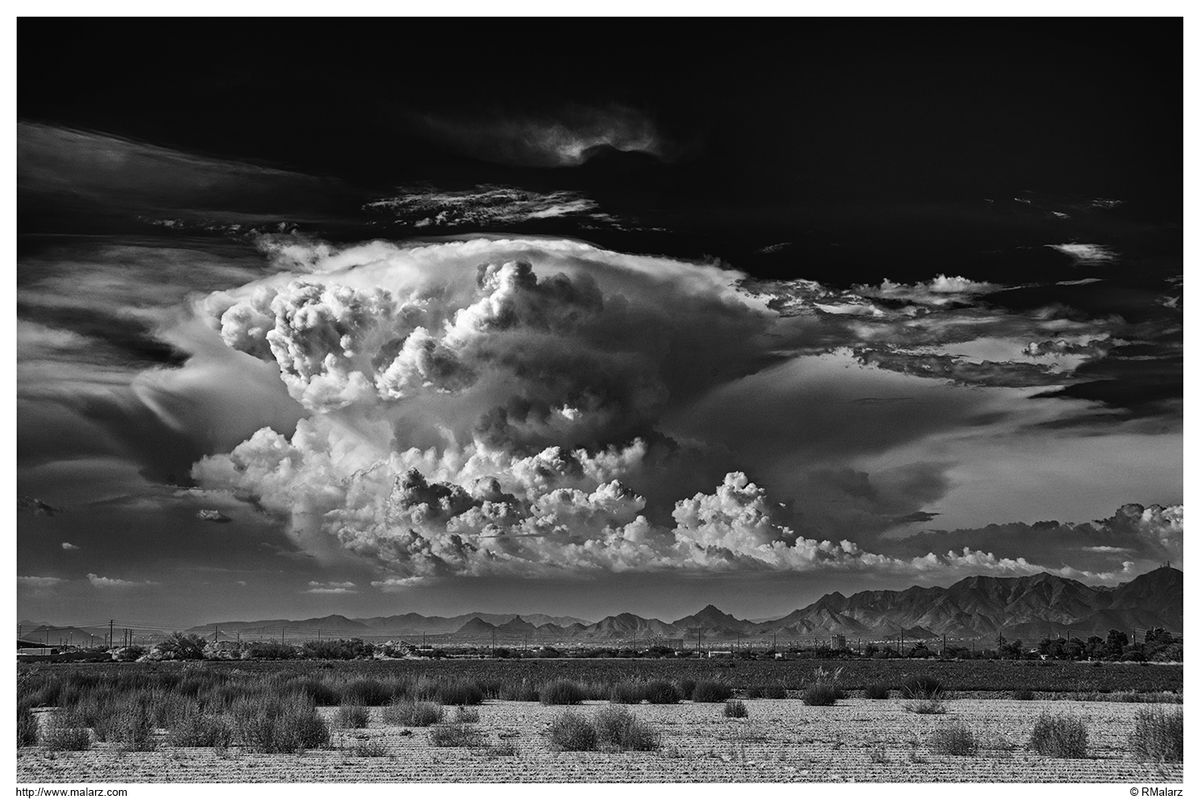expose for the highlights
Jan 17, 2022 19:50:14 #
When you look at your histogram or the highlight alert is working. What is the best way to correct the blowouts? EC, change the Ap, or change the view?
Jan 17, 2022 19:53:00 #
Depends. I'd start with can I lower the ISO? Since my aperture is always the driving decision, next I'd look at making the shutterspeed faster. Maybe my aperture was a mistake, but I'd change that last, if forced.
Jan 17, 2022 19:53:03 #
Cany143
Loc: SE Utah
philo wrote:
When you look at your histogram or the highlight alert is working. What is the best way to correct the blowouts? EC, change the Ap, or change the view?
Decrease the exposure, whichever way you choose.
Jan 17, 2022 20:05:24 #
nokk
Loc: usa
i would decrease the iso. if that isn't possible, then i'd either increase the shutter speed or stop down the aperture, depending on what i was shooting.
Jan 17, 2022 20:06:22 #
philo wrote:
When you look at your histogram or the highlight alert is working. What is the best way to correct the blowouts? EC, change the Ap, or change the view?
I usually do it by changing the EC, which for me is almost always the shutter speed as I shoot with fixed ISO on aperture priority most of the time. In the end though, whatever it takes.
…Cam
Jan 17, 2022 20:19:17 #
philo wrote:
When you look at your histogram or the highlight alert is working. What is the best way to correct the blowouts? EC, change the Ap, or change the view?
Depends upon your priorities for the subject/scene you are shooting.
Options are : faster shutter speed, smaller aperture or lower ISO. (ignoring ND filters)
You may not want the 'increased DoF' in a portrait that comes with a smaller aperture. You may not want the 'decreased blade blur' that comes with a higher shutter speed if shooting a helicopter in the air. You may already be at base ISO, if not, then that is an easy choice to reduce.
Jan 17, 2022 20:24:46 #
photoman022
Loc: Manchester CT USA
CHG_CANON wrote:
Depends. I'd start with can I lower the ISO? Since my aperture is always the driving decision, next I'd look at making the shutterspeed faster. Maybe my aperture was a mistake, but I'd change that last, if forced.
Yep! Depth of field (aperture) determines what I do first and foremost. So, for me, it's change the shutter speed first (as I usually have a low ISO anyway)

Jan 17, 2022 20:40:22 #
Jan 17, 2022 21:03:50 #
CHG_CANON wrote:
Depends. I'd start with can I lower the ISO? Since my aperture is always the driving decision, next I'd look at making the shutterspeed faster. Maybe my aperture was a mistake, but I'd change that last, if forced.
I do the same as CHG_Canon, usually.

Jan 17, 2022 21:26:11 #
OleMe
Loc: Montgomery Co., MD
The dynamic range of digital cameras is limited. Compensated by using HDR. Many recent cameras have it but in. Outs@even on my 3 year old veep phoned - a google pixel. You can also do this on post processing.
https://en.m.wikipedia.org/wiki/High_dynamic_range
https://en.m.wikipedia.org/wiki/High_dynamic_range
Jan 17, 2022 21:32:49 #
It's pretty simple, philo. However, it does require some testing. As you know, light meters give you an exposure that will place the value metered in middle gray. So, take a white sheet of paper, place it so it is evenly illuminated, and take set the exposure. The result will be that the white paper is rendered middle gray, or Zone V. Now, increase the exposure by 1/2 or, preferably, 1/3 stops until you have increased the exposure by 5 stops. Then, in processing, determine the maximum amount of additional exposure your camera will allow before the white paper is blown out. Those additional stops of exposure divided by 5 will determine the maximum amount of stops you can add to your metered exposure before blown highlight occur. This allows control of the placement of the highlight values.
Of course, this is based on exposing using RAW format and the need to process your images. It also requires controlled testing. For some reason, controlled testing is eschewed by quite a few UHH members.
Here's an example of my exposure technique and the results. Ignore the WB setting. That is also something I use in addition to ETTR/EBTR techniques.
--Bob
Of course, this is based on exposing using RAW format and the need to process your images. It also requires controlled testing. For some reason, controlled testing is eschewed by quite a few UHH members.
Here's an example of my exposure technique and the results. Ignore the WB setting. That is also something I use in addition to ETTR/EBTR techniques.
--Bob
philo wrote:
When you look at your histogram or the highlight alert is working. What is the best way to correct the blowouts? EC, change the Ap, or change the view?
Jan 17, 2022 23:27:45 #
Like Bob said...
Or bracket... Which always works and has been the go to for critical commercial assignments for as long as I've been in the game... btw I assist many commercial shooters in my market... they all (without exception) bracket the hell out of each and every setup...
As the lighting assistant on the gig I had to place rheostats on all the house lighting and table lamps in the venue...
Crank them up and down as directed by my Tog... he/she would always invest a huge amount of time "getting it right" since typically the client's AD was on site and had to sign off on the deliverables...
Bracketing is your friend here... cheap and it works!
All the best on your journey philo
Or bracket... Which always works and has been the go to for critical commercial assignments for as long as I've been in the game... btw I assist many commercial shooters in my market... they all (without exception) bracket the hell out of each and every setup...
As the lighting assistant on the gig I had to place rheostats on all the house lighting and table lamps in the venue...
Crank them up and down as directed by my Tog... he/she would always invest a huge amount of time "getting it right" since typically the client's AD was on site and had to sign off on the deliverables...
Bracketing is your friend here... cheap and it works!
All the best on your journey philo
Jan 18, 2022 05:08:26 #
philo wrote:
When you look at your histogram or the highlight alert is working. What is the best way to correct the blowouts? EC, change the Ap, or change the view?
Both will work to show you the blown highlights. I use both. The highlight alert shows you only blown highlights, but the histogram will show you how badly the highlights are blown, and what the distribution is of the luminance in the image, as well as severely underexposed shadows. Of course, your subject matter and creative intent will determine whether you use a higher shutter speed, smaller aperture and/or lower ISO setting. If shooting manual you directly adjust the parameter, if using A priority, S priority and/or Auto ISO, you will need to dial in negative exposure compensation.
Jan 18, 2022 06:58:22 #
Jan 18, 2022 07:25:59 #
Agree.
CHG_CANON wrote:
Depends. I'd start with can I lower the ISO? Since my aperture is always the driving decision, next I'd look at making the shutterspeed faster. Maybe my aperture was a mistake, but I'd change that last, if forced.
If you want to reply, then register here. Registration is free and your account is created instantly, so you can post right away.










